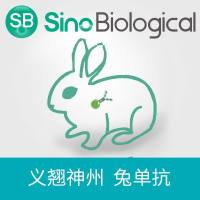Production and Characterization of Anti-Cocaine Catalytic Antibodies
互联网
1536
Cocaine abuse has become a major health problem in recent decades, and the problem has been greatly accentuated by the appearance of crack cocaine, the more potent free base of the natural alkaloid. Cocaine’s primary molecular target is the dopamine reuptake transporter at the nucleus accumbens. By blocking reuptake, cocaine enhances dopaminergic neurotransmission, which activates the reward pathway. The result is reinforcement of drug-taking behavior in species ranging from mouse to man, and in human subjects, the perception of euphoria. This peculiar mechanism of action has limited the therapeutic approaches to the treatment of cocaine abuse because of the inherent difficulty of “blocking a blocker.” One plausible alternative is the neutralization of the drug before it reaches its target in the brain, and antibodies, a class of natural binders, would appear to be well-suited for the task. Several active and passive cocaine vaccines have already been tested with a fair degree of success (1 ,2 ), but the elevated concentration of antibody required for binding and neutralizing cocaine blood levels is still a problem to be overcome. This hurdle is less difficult for a catalytic antibody, which not only binds, but also destroys what it binds to.







